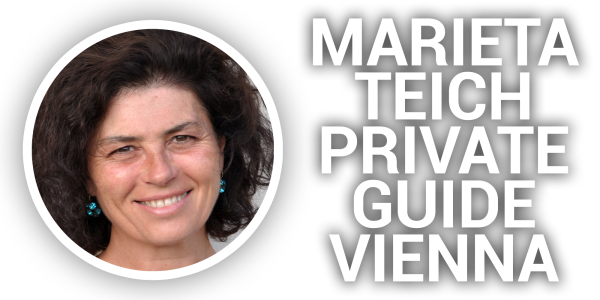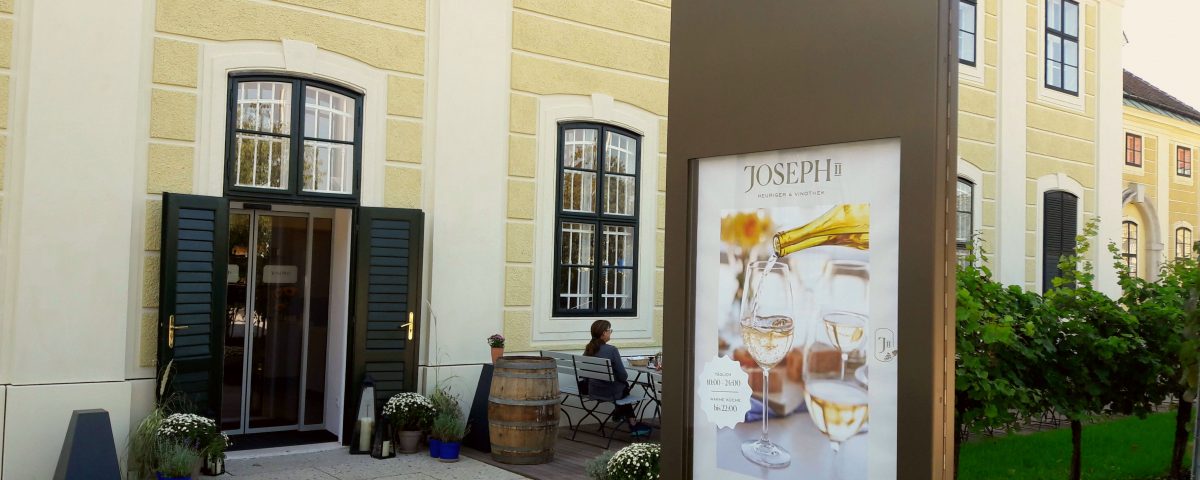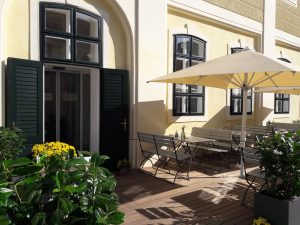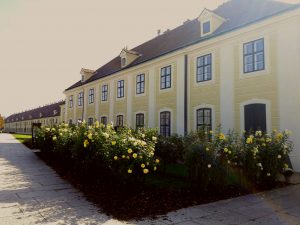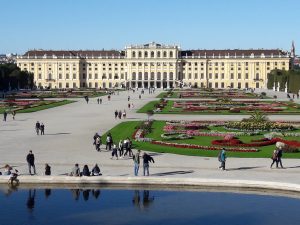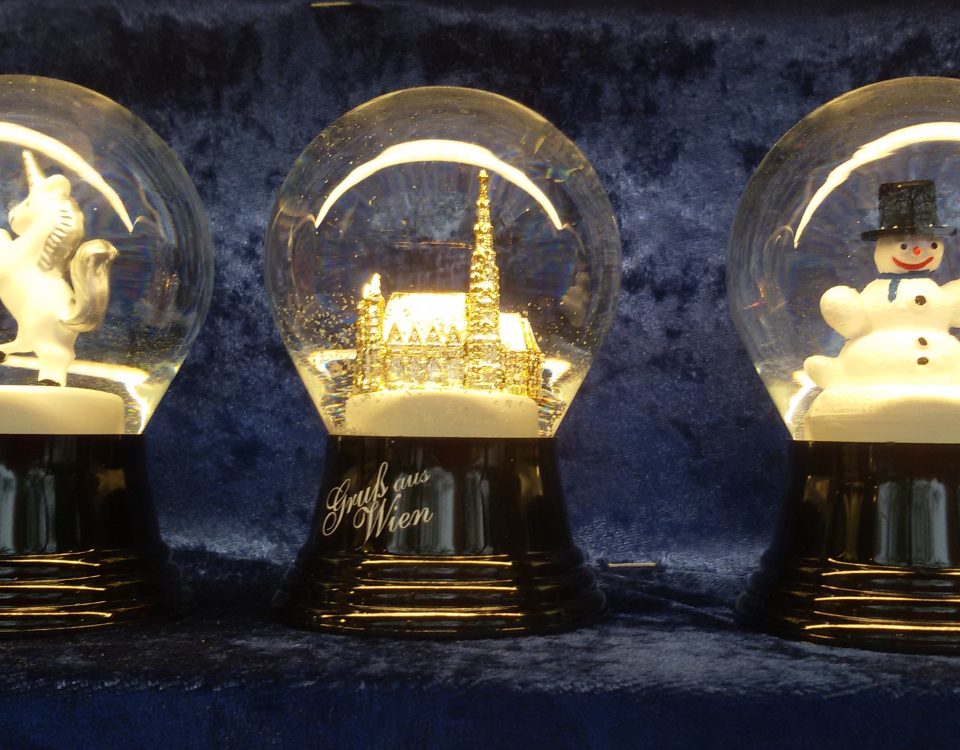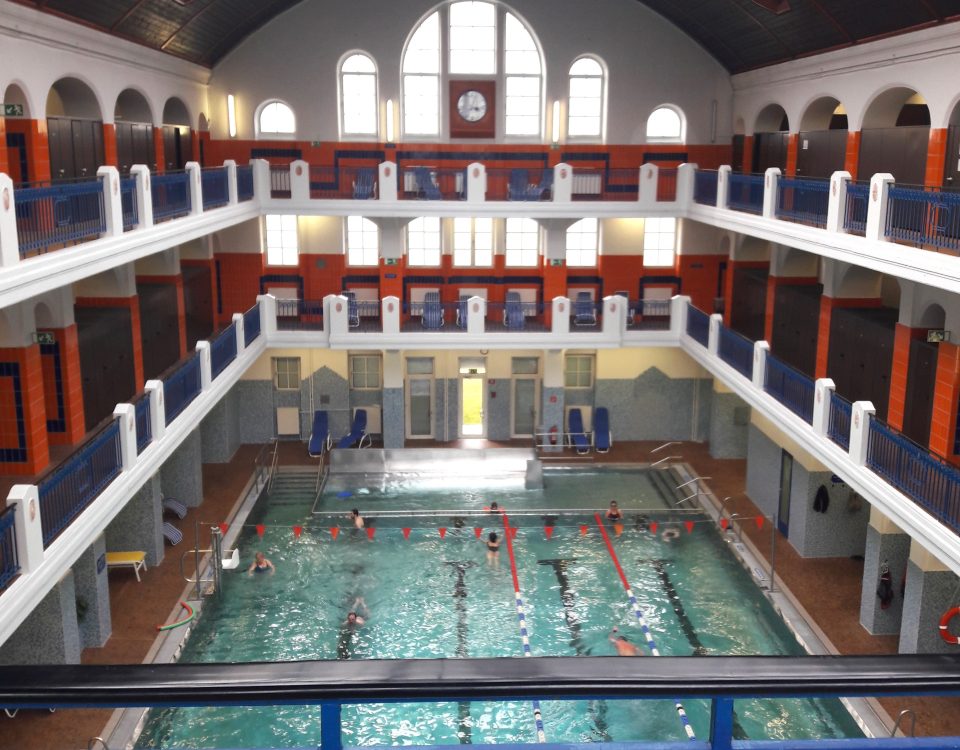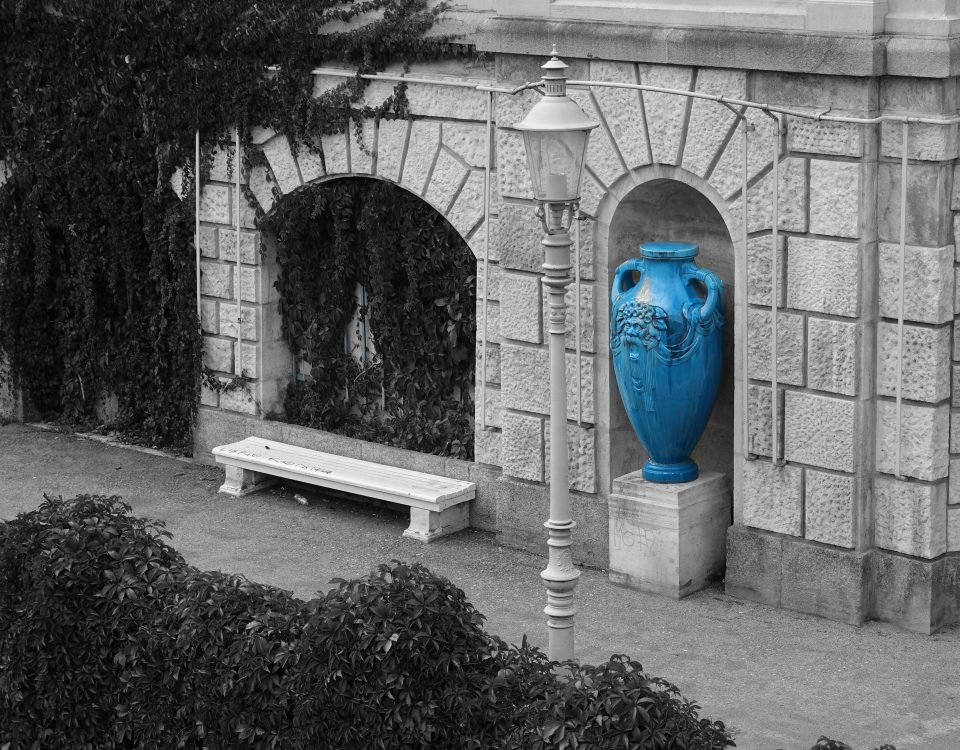Joseph, new Heuriger in Schönbrunn

How to make a Viennese Apple Strudel
September 3, 2021
A journey in the Vienna Medical History
January 29, 2022Joseph II is the name of the new Heuriger on the grounds of Schönbrunn palace in Vienna.
The food is excellent. The wines from the Vienna wine region are exquisite. The outdoor area is next to a tiny vineyard, east of the main entrance to the palace.
It is named “Joseph II”, after the eldest son of Maria Theresa, Joseph II, who 1784 legalized the Heurigen culture, we so much enjoy in Vienna.
The Heuriger is a tavern, where the wine grower offers his own wine. Typical Viennese food accompanies the wine and very often Viennese folk music is performed. The atmosphere is relaxed and casual; the wine is excellent. Spending evenings in such an ambience with friends and family is part of Viennese life.
The wine culture in the Vienna area has existed for more than 2000 years. The capital is famous for its white wines – Grüner Veltliner, Riesling, but mainly for its Gemischter Satz, a Viennese speciality. Grapes of different varieties are planted, harvested and vinified together – a field blend. In 2008, the Gemischter Satz was given a special seal of quality, the so called “Presidio-Product” by the Italian Slow Food Movement, which is the highest prize given.
The Schönbrunn Palace is the No. 1 attraction in Vienna. The former summer residence of the Habsburgs was originally built by Emperor Leopold I in the 17th century according to plans by Johann Bernhard Fischer von Erlach. Maria Theresa, Emperor Franz Joseph, Empress Elisabeth, also known as Sisi and the last Emperor of Austria Karl I, resided in the palace. In the originally furnished imperial state rooms you get an insight into how the Habsburgs once presented themselves to the world.
With me, your private city guide in Vienna, you will be able to visit rooms in the palace that are not accessible to tourist masses. Schönbrunn Palace is surrounded by an enormous park with flowers, lawns, statues, fountains, an obelisk and artificial ruins. The Gloriette on the hill stands majestically and offers a beautiful view over the city.
